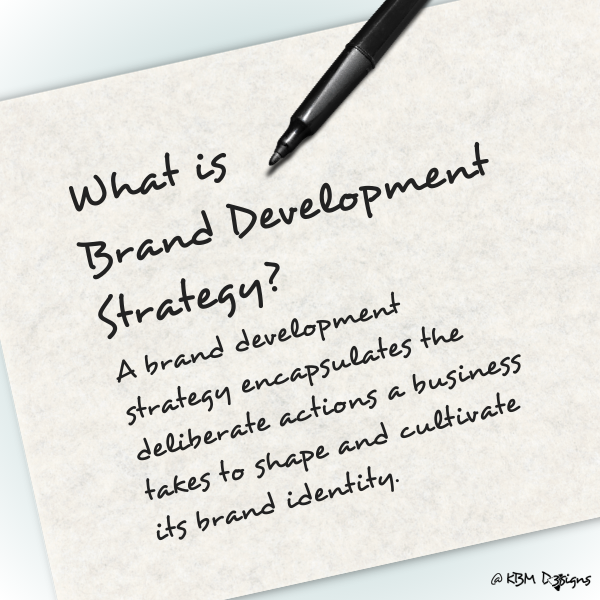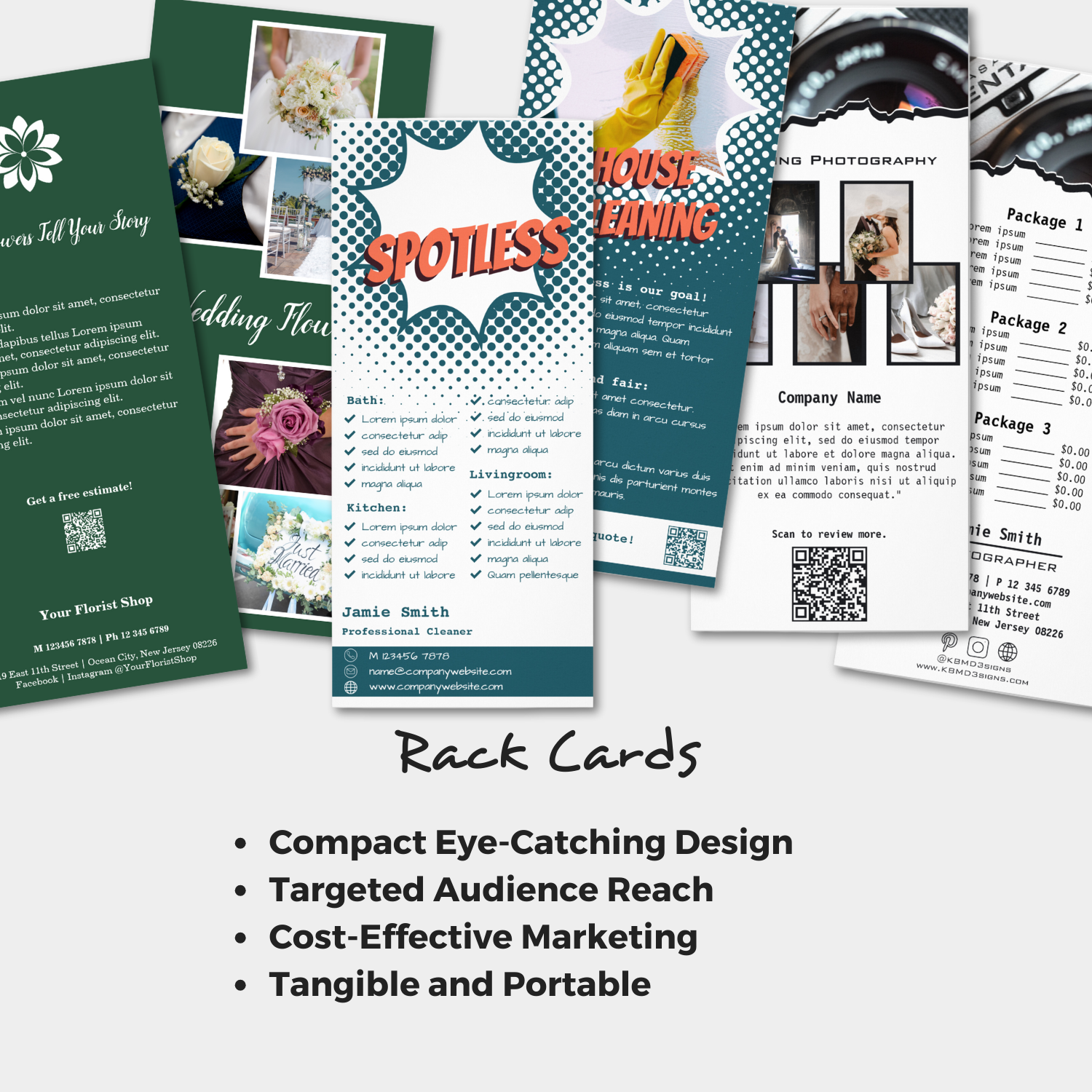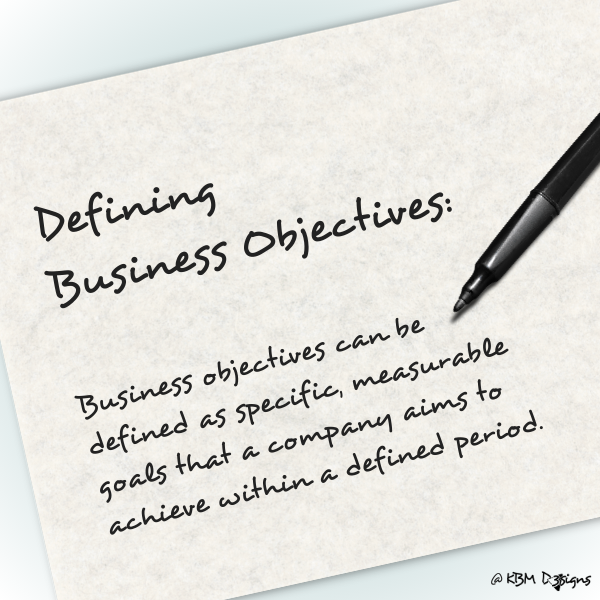What is brand development strategy? – A powerful tool that levels the playing field.
In the bustling arena of commerce, where giants wield colossal marketing budgets and brand recognition seems like an exclusive privilege, small businesses often find themselves navigating turbulent waters. Yet amidst these challenges lies: Brand Development Strategy. It has the power to level the playing field.

Article Content:
- Understanding Brand Development Strategy
- When To Think About Branding In A Small Business Journey?
- How To Develop A Brand? – Guide For Small Businesses
- What are Possible Brand Development Mistakes Small Businesses Can Make?
- How To Measure My Brand Development Strategy?
- What To Do? My Brand Development Strategy Fails
- FAQs About Brand Development Strategy For Small Businesses
1. Understanding Brand Development Strategy
At its core, brand development strategy encapsulates the deliberate actions taken by a business to shape and cultivate its brand identity. It’s not merely about designing a fancy logo or crafting a catchy slogan; rather, it’s a comprehensive roadmap that aligns every aspect of the business with its desired image and perception in the market.
For small businesses, brand development strategy serves as a guiding light, illuminating the path towards differentiation, recognition, and sustainable growth. In a landscape teeming with competitors vying for attention, a well-crafted brand strategy can be the differentiator that sets a small business apart.
The Pillars of Brand Development Strategy
- Defining the Essence: At the heart of every successful brand lies a clear understanding of its essence. Small businesses must embark on a journey of self-discovery to unearth their unique value proposition, mission, and personality. This foundational step lays the groundwork for all subsequent brand-building endeavors.
- Know Thy Audience: Understanding the intricacies of your target audience is paramount. Small businesses must conduct thorough market research to identify consumer needs, preferences, and pain points. Armed with this knowledge, they can tailor their brand messaging and offerings to resonate deeply with their audience.
- Crafting the Narrative: Every brand has a story waiting to be told. Small businesses must craft a compelling narrative that not only communicates their core values and vision but also evokes an emotional connection with their audience. Whether it’s through captivating storytelling or authentic brand experiences, the narrative serves as the glue that binds customers to the brand.
- Consistency is Key: In the realm of branding, consistency reigns supreme. Small businesses must ensure that every touch-point – be it their website, social media presence, or customer interactions – reflects the brand’s identity cohesively. Consistency breeds familiarity, trust, and ultimately, loyalty among customers.
- Adapt and Evolve: The business landscape is dynamic, and brands that fail to adapt risk stagnation or even obsolescence. Small businesses must remain agile and responsive, continuously evaluating market trends, consumer feedback, and internal capabilities. By embracing change and evolution, brands can stay relevant and resilient in the face of adversity.
The Impact of Brand Development Strategy on Small Businesses
A well-executed brand development strategy can yield a plethora of benefits for small businesses:
- Defining the Essence: At the heart of every successful brand lies a clear understanding of its essence. Small businesses must embark on a journey of self-discovery to unearth their unique value proposition, mission, and personality. This foundational step lays the groundwork for all subsequent brand-building endeavors.
- Know Thy Audience: Understanding the intricacies of your target audience is paramount. Small businesses must conduct thorough market research to identify consumer needs, preferences, and pain points. Armed with this knowledge, they can tailor their brand messaging and offerings to resonate deeply with their audience.
- Crafting the Narrative: Every brand has a story waiting to be told. Small businesses must craft a compelling narrative that not only communicates their core values and vision but also evokes an emotional connection with their audience. Whether it’s through captivating storytelling or authentic brand experiences, the narrative serves as the glue that binds customers to the brand.
- Consistency is Key: In the realm of branding, consistency reigns supreme. Small businesses must ensure that every touch-point – be it their website, social media presence, or customer interactions – reflects the brand’s identity cohesively. Consistency breeds familiarity, trust, and ultimately, loyalty among customers.
- Adapt and Evolve: The business landscape is dynamic, and brands that fail to adapt risk stagnation or even obsolescence. Small businesses must remain agile and responsive, continuously evaluating market trends, consumer feedback, and internal capabilities. By embracing change and evolution, brands can stay relevant and resilient in the face of adversity.
In closing, in the world of small business, where resources may be limited and challenges abound, brand development strategy emerges as a beacon of hope. By articulating their essence, understanding their audience, and crafting a compelling narrative, small businesses can carve out a distinct identity in the marketplace. And in doing so, they open the doors to sustainable growth and success. As they say, in the journey of entrepreneurship, the brand is not just what you sell, it’s who you are.
2. When To Think About Branding In A Small Business Journey?
When starting a small business, branding should be a priority from the very beginning. Here are several key points in the startup journey where thinking about branding is crucial:
During the Ideation Phase:
Even before launching your business, it’s essential to consider the foundational elements of your brand, such as your mission, values, and unique selling proposition (USP). These elements will form the core of your brand identity and should guide all branding decisions moving forward.
When Naming Your Business:
Choosing the right name for your business is a critical aspect of branding. Your business name should not only be memorable and easy to pronounce but also reflect your brand identity and resonate with your target audience.
Before Designing Your Logo and Visual Identity:
Your logo, color scheme, typography, and other visual elements are the face of your brand. It’s important to invest time and effort into designing a cohesive and visually appealing brand identity that communicates your brand’s personality and values effectively.
When Developing Your Brand Messaging:
Brand messaging encompasses the language and tone you use to communicate with your audience across various channels. Whether it’s your website copy, social media posts, or marketing materials, your messaging should be consistent and aligned with your brand identity.
Prior to Launching Your Products or Services:
Before introducing your products or services to the market, ensure that your branding accurately reflects what you stand for and the value you offer to customers. A strong brand identity can help create anticipation and excitement around your launch.
As You Grow and Expand:
Branding is not a one-time activity but an ongoing process that evolves with your business. As you grow and expand, regularly revisit and refine your brand strategy to ensure that it remains relevant and resonates with your target audience.
By considering branding from the outset of your small business journey, you can lay a solid foundation for building brand awareness, establishing credibility, and fostering customer loyalty—all of which are essential for long-term success.
3. How To Develop A Brand? – Guide For Small Businesses
Developing a brand for a small business is a multifaceted process that requires careful planning, creativity, and consistency. Here’s a step-by-step guide to help small businesses effectively develop their brand:

First, Define Your Brand Identity:
Start by defining the core elements of your brand identity, including your mission, values, and unique selling proposition (USP). Ask yourself what sets your business apart from competitors and why customers should choose your products or services.
Second, Understand Your Target Audience:
Conduct market research to gain a deep understanding of your target audience’s demographics, preferences, and pain points. Identify their needs and aspirations to tailor your brand messaging and offerings effectively.
Third, Create a Memorable Brand Name and Logo:
Choose a distinctive and memorable name for your business that reflects your brand identity and resonates with your target audience. Design a visually appealing logo that embodies your brand’s personality and values.
Fourth, Develop Brand Messaging:
Craft a compelling brand story and messaging that communicates your brand’s unique value proposition and resonates with your target audience. Define your brand voice, tone, and messaging guidelines to ensure consistency across all communication channels.
Fifth, Design Visual Brand Assets:
Develop visual brand assets, including color palette, typography, imagery, and graphic elements, that reflect your brand identity and create a cohesive brand experience. Ensure consistency in visual elements across all marketing materials and touch-points.
Sixth, Build a Strong Online Presence:
Establish a professional and cohesive online presence across your website and social media platforms. Optimize your website for search engines (SEO) to improve visibility and attract organic traffic. Engage with your audience through relevant and valuable content that aligns with your brand messaging.
Seventh, Deliver Consistent Brand Experience:
Consistency is key to building brand trust and credibility. Ensure that every interaction with your brand—from customer service to product packaging—reflects your brand values and reinforces a positive brand image.
Eighth, Cultivate Brand Advocates:
Encourage customer loyalty and advocacy by delivering exceptional products, services, and experiences. Foster meaningful connections with your audience through personalized communication and engagement initiatives. Encourage satisfied customers to share their experiences and recommend your brand to others.
Ninth, Monitor and Adapt:
Regularly monitor brand performance, customer feedback, and market trends to identify areas for improvement and adaptation. Stay agile and responsive to changes in the competitive landscape and consumer preferences to keep your brand relevant and competitive.
Tenth, Evolve Your Brand Over Time:
As your business grows and evolves, be prepared to refine and evolve your brand strategy accordingly. Stay true to your core values and identity while remaining flexible and open to new opportunities for innovation and growth.
By following these steps and investing time and effort into developing a strong brand, small businesses can differentiate themselves in the market, build trust and loyalty with customers, and ultimately achieve long-term success.
Visit
Zazzle Store
4. What are Possible Brand Development Mistakes Small Businesses Can Make?
Small businesses often face unique challenges when it comes to brand development.
Here are some common mistakes they might make:
Lack of Brand Strategy:
Failing to develop a clear brand strategy can lead to inconsistency in messaging, visuals, and customer experience. Without a solid strategy in place, small businesses may struggle to differentiate themselves in the market and connect with their target audience effectively.
Ignoring Target Audience:
Neglecting to understand the needs, preferences, and pain points of their target audience can result in ineffective branding efforts. Small businesses must conduct thorough market research to identify their target audience and tailor their branding strategy accordingly.
Inconsistent Branding:
Inconsistency in branding across different channels and touch-points can dilute the brand’s identity and confuse customers. Small businesses should ensure consistency in messaging, visuals, and customer experience to build brand recognition and trust.
Poor Brand Messaging:
Failing to articulate a clear and compelling brand message can make it difficult for small businesses to communicate their value proposition to customers. It’s essential to develop concise, consistent, and authentic messaging that resonates with the target audience.
Neglecting Visual Identity:
Underestimating the importance of visual branding elements, such as logo, color palette, and typography, can hinder brand recognition and recall. Small businesses should invest in professional graphic design to create visually appealing and cohesive brand assets.
Ignoring Online Presence:
Neglecting to establish a strong online presence can limit a small business’s reach and visibility. In today’s digital age, it’s crucial for small businesses to have a professional website and active presence on social media platforms to engage with customers and showcase their brand.
Overlooking Customer Experience:
Failing to prioritize customer experience can damage brand reputation and hinder growth. Small businesses should focus on delivering exceptional customer service and creating positive interactions at every touchpoint to build brand loyalty and advocacy.
Not Monitoring Brand Performance:
Neglecting to track and measure brand performance metrics can prevent small businesses from identifying areas for improvement and adaptation. It’s essential to regularly monitor brand awareness, perception, and sentiment to gauge the effectiveness of branding efforts.
Copying Competitors:
Attempting to mimic competitors’ branding strategies or imitate their success can undermine a small business’s authenticity and uniqueness. Instead, small businesses should focus on identifying their own brand identity and positioning that sets them apart in the market.
Failure to Evolve:
Resisting change and failing to evolve brand strategy in response to shifting market dynamics and consumer preferences can lead to stagnation. Small businesses should remain agile and adaptive, continuously refining their brand strategy to stay relevant and competitive.
By avoiding these common brand development mistakes, small businesses can build a strong and distinctive brand that resonates with their target audience and drives long-term success.
5. How To Measure My Brand Development Strategy?
Measuring the effectiveness of your small business’s offline brand development strategy is crucial for understanding its impact and making informed decisions to improve and optimize your branding efforts. Here are several methods you can use to measure your offline brand development strategy:
Customer Surveys and Feedback:
Conduct surveys or interviews with your customers to gather feedback on their perceptions of your brand. Ask questions about brand awareness, recognition, and associations to gauge how well your offline branding efforts are resonating with your target audience.
Brand Awareness Metrics:
Track metrics such as brand recall, recognition, and top-of-mind awareness among your target audience. You can use tools like brand tracking surveys or conduct focus groups to assess brand awareness levels before and after implementing offline branding initiatives.
Foot Traffic and Store Visits:
If you have a physical storefront or conduct events or promotions in person, track foot traffic and store visits before, during, and after your offline branding activities. An increase in foot traffic or event attendance can indicate heightened brand visibility and engagement.
Sales and Revenue Growth:
Measure the impact of your offline branding efforts on sales and revenue growth. Analyze sales data to identify any correlations between brand-building activities (such as advertising campaigns or events) and increases in sales volume or customer acquisition.
Brand Mentions and Press Coverage:
Monitor local media, newspapers, magazines, and community publications for mentions of your brand or coverage of your offline events and initiatives. Positive press coverage and word-of-mouth referrals can indicate successful brand development efforts within your local community.
Brand Partnerships and Sponsorships:
If you engage in brand partnerships or sponsorships with local events, organizations, or influencers, evaluate the reach and impact of these collaborations. Track metrics such as audience reach, engagement, and sentiment to measure the effectiveness of your brand exposure through these channels.
Community Engagement and Brand Advocacy:
Measure community engagement metrics such as social media interactions, event attendance, and participation in community initiatives. Assess the level of brand advocacy and loyalty among your local customer base through testimonials, reviews, and referrals.
Competitor Analysis:
Monitor and analyze the branding efforts of your competitors within your local market. Compare their offline branding strategies, tactics, and outcomes to benchmark your own performance and identify areas for improvement or differentiation.
Brand Perception Surveys:
Conduct periodic brand perception surveys to assess how your target audience perceives your brand attributes, values, and messaging. Use quantitative and qualitative data to measure changes in brand perception over time and identify areas for refinement.
Return on Investment (ROI):
Calculate the ROI of your offline branding initiatives by comparing the costs incurred (e.g., advertising spend, event expenses) to the tangible benefits generated (e.g., increased sales, brand awareness). Use ROI analysis to determine the cost-effectiveness and profitability of your brand development efforts.
By implementing these measurement techniques, you can gain valuable insights into the effectiveness of your small business’s offline brand development strategy and make informed decisions to optimize your branding efforts for greater impact and success.
6. What To Do? My Brand Development Strategy Fails
If your offline brand development strategy isn’t yielding the desired results, it’s essential to take proactive steps to assess and address the situation. Here’s what you can do if your offline brand development strategy fails:
First, Conduct a Comprehensive Evaluation:
Start by conducting a thorough assessment of your offline branding efforts. Identify specific initiatives, campaigns, or activities that have not delivered the expected outcomes. Consider factors such as target audience, messaging, channels, and execution.
Second, Gather Feedback and Insights:
Seek feedback from customers, employees, and stakeholders to understand their perceptions of your brand and the reasons behind the lack of success with your offline branding strategy. Use surveys, interviews, or focus groups to gather qualitative insights into areas for improvement.
Third, Review Brand Strategy and Messaging:
Revisit your brand strategy, including your brand identity, positioning, messaging, and value proposition. Ensure that your brand messaging is clear, compelling, and aligned with the needs and preferences of your target audience. Identify any inconsistencies or misalignments that may be hindering your branding efforts.
Fourth, Reassess Target Audience Segmentation:
Review your target audience segmentation and ensure that you are effectively reaching and engaging with the right audience segments through your offline branding activities. Consider refining your audience personas or targeting strategies based on insights from customer feedback and market research.
Fifth, Explore New Channels or Tactics:
If certain offline channels or tactics have not produced the desired results, consider exploring alternative approaches or experimenting with new channels. For example, if traditional print advertising is not effective, you might focus on experiential marketing, guerrilla marketing, or community events to create deeper connections with your audience.
Sixth, Enhance Brand Visibility and Exposure:
Increase your brand’s visibility and exposure through strategic partnerships, collaborations, or sponsorships with relevant organizations, events, or influencers. Leverage local community connections and opportunities to showcase your brand and engage with potential customers in meaningful ways.
Seventh, Invest in Training and Development:
Invest in training and development programs for your staff to ensure that they are equipped with the knowledge, skills, and resources to effectively execute your offline branding initiatives. Empower your team to embody your brand values and deliver exceptional customer experiences at every touch-point.
Eighth, Optimize Resources and Budget Allocation:
Review your budget allocation for offline branding activities and identify opportunities to reallocate resources more effectively. Focus on high-impact initiatives that align with your brand objectives and offer the best potential for ROI.
Ninth, Monitor and Measure Results:
Implement systems to monitor and measure the effectiveness of your revised offline branding strategy. Track key performance indicators (KPIs), such as brand awareness, perception, engagement, and sales, to gauge the impact of your efforts over time.
Tenth, Stay Agile and Adapt:
Recognize that brand development is an iterative process, and be prepared to adapt and evolve your strategy based on ongoing feedback, insights, and market dynamics. Stay agile and responsive to changes in consumer behavior, industry trends, and competitive landscape to remain relevant and competitive.
By taking a proactive and systematic approach to address the shortcomings of your offline brand development strategy, you can identify opportunities for improvement, refine your tactics, and ultimately, enhance your brand’s visibility, resonance, and impact in the marketplace.
-

How to Incorporate Custom Leisurewear into Your Team’s Uniform
Read the post …: How to Incorporate Custom Leisurewear into Your Team’s Uniform -

The Art of Small Business Signage: Making a Big Impression
Read the post …: The Art of Small Business Signage: Making a Big Impression -

What Is A Rack Card? – How To Boost Your Small Business
Read the post …: What Is A Rack Card? – How To Boost Your Small Business
7. FAQs About Brand Development Strategy For Small Businesses
Brand development strategy is a comprehensive plan that small businesses create to establish, shape, and promote their brand identity. It involves defining the brand’s essence, understanding the target audience, and crafting a cohesive messaging and visual identity.
Brand development strategy helps small businesses differentiate themselves in the market, build credibility and trust with customers, and foster brand loyalty. It also guides decision-making and ensures consistency across all brand touch-points.
To define your brand identity, start by clarifying your mission, values, and unique selling proposition (USP). Consider what sets your business apart from competitors and how you want to be perceived by your target audience.
Conduct market research to identify your target audience’s demographics, preferences, and behaviors. Analyze your existing customer base, survey potential customers, and use social media analytics and other tools to gather insights.
The key elements of brand development strategy include defining brand identity, understanding the target audience, crafting brand messaging, designing visual brand assets, establishing an online presence, and delivering a consistent brand experience.
Choose a brand name that is distinctive, easy to remember, and aligns with your brand identity. Design a logo that visually represents your brand’s personality and values while being versatile and scalable across different platforms.
Develop brand guidelines that outline your brand’s voice, tone, visual elements, and usage guidelines. Train employees on these guidelines and regularly audit brand materials to ensure consistency across all communication channels.
Track key performance indicators (KPIs) such as brand awareness, perception, customer loyalty, and engagement metrics. Conduct surveys, analyze customer feedback, and monitor social media mentions to gauge brand sentiment.
Reevaluate your brand strategy, identify areas for improvement, and make necessary adjustments. Seek feedback from customers, analyze competitor strategies, and stay informed about industry trends to adapt your approach accordingly..
Brand development strategy is an ongoing process that should be revisited regularly, especially during periods of growth or change. Aim to review and update your brand strategy at least annually, or as needed in response to market shifts and business objectives.
-

What Is A Brand Partnership? – A Small Business Perspective
Read the post …: What Is A Brand Partnership? – A Small Business Perspective -

What Are Business Objectives?” Perspective Of A Small Business
Read the post …: What Are Business Objectives?” Perspective Of A Small Business -

What Is A Focus Group Market Research? – SMB Perspective
Read the post …: What Is A Focus Group Market Research? – SMB Perspective


